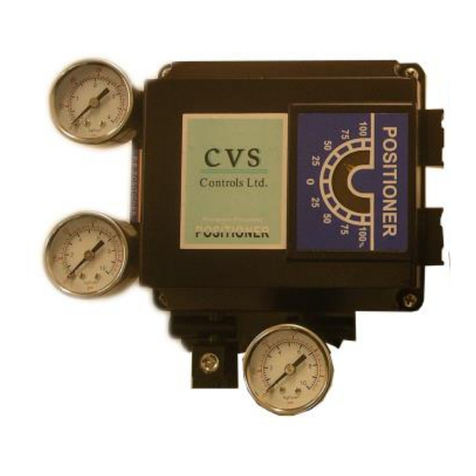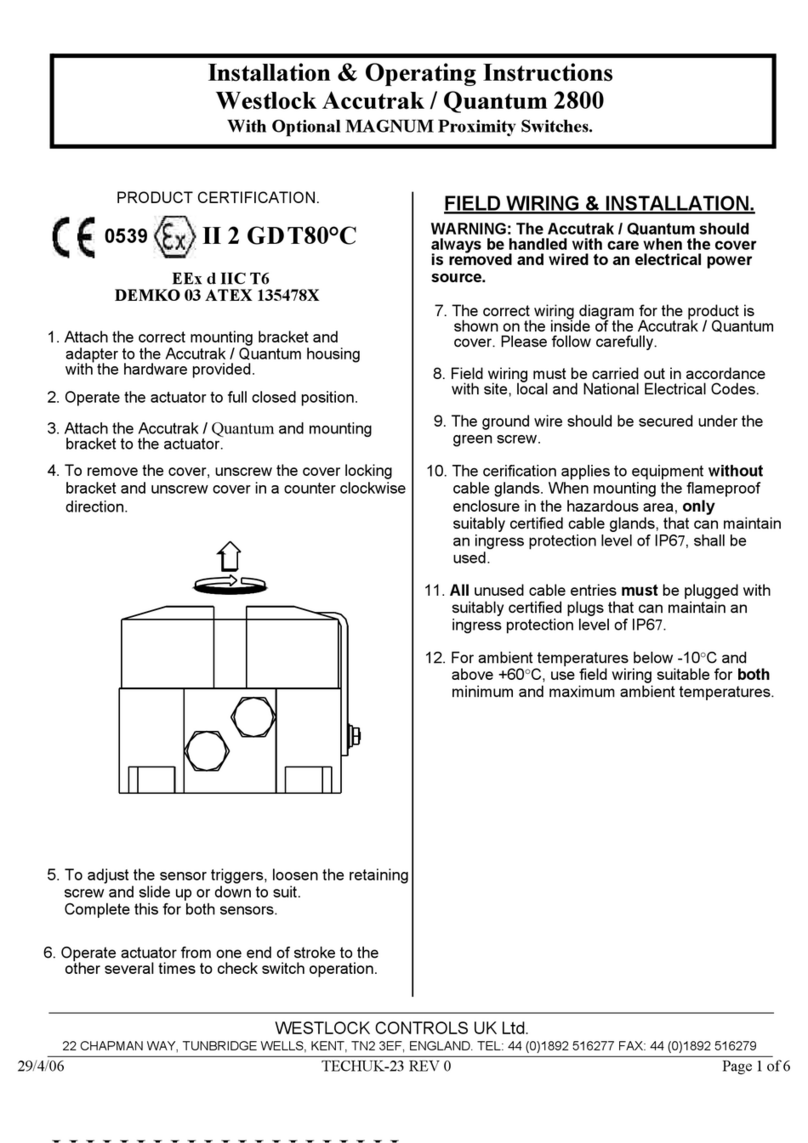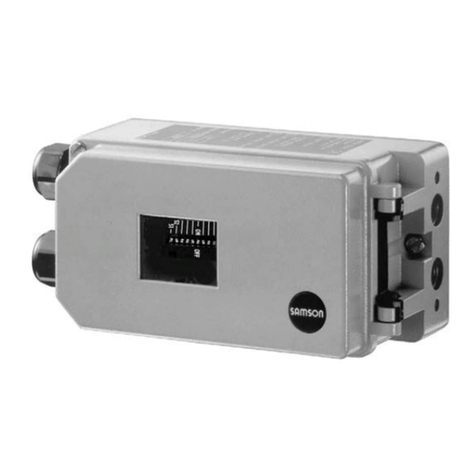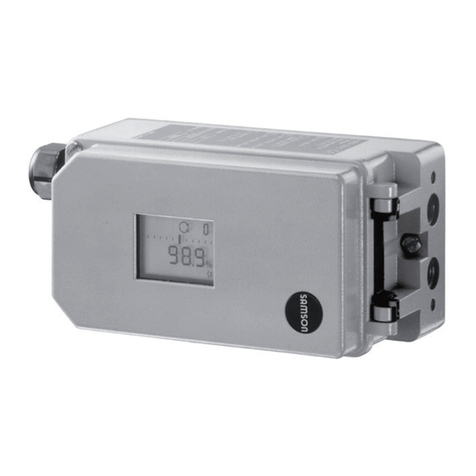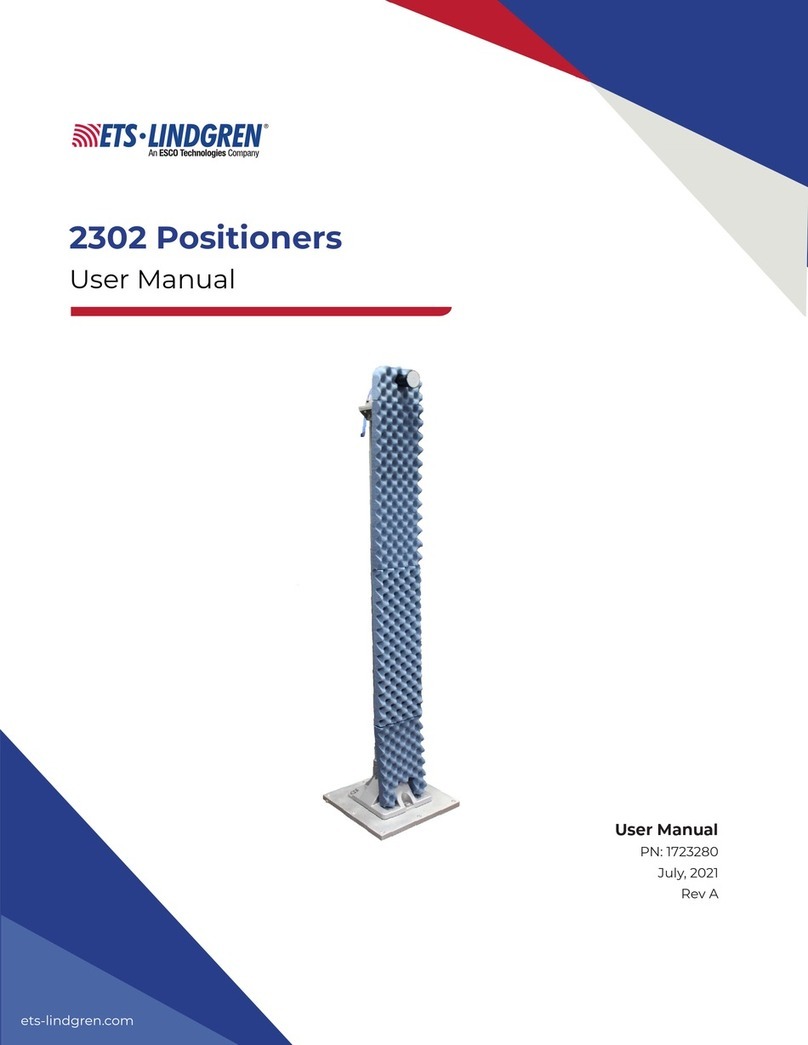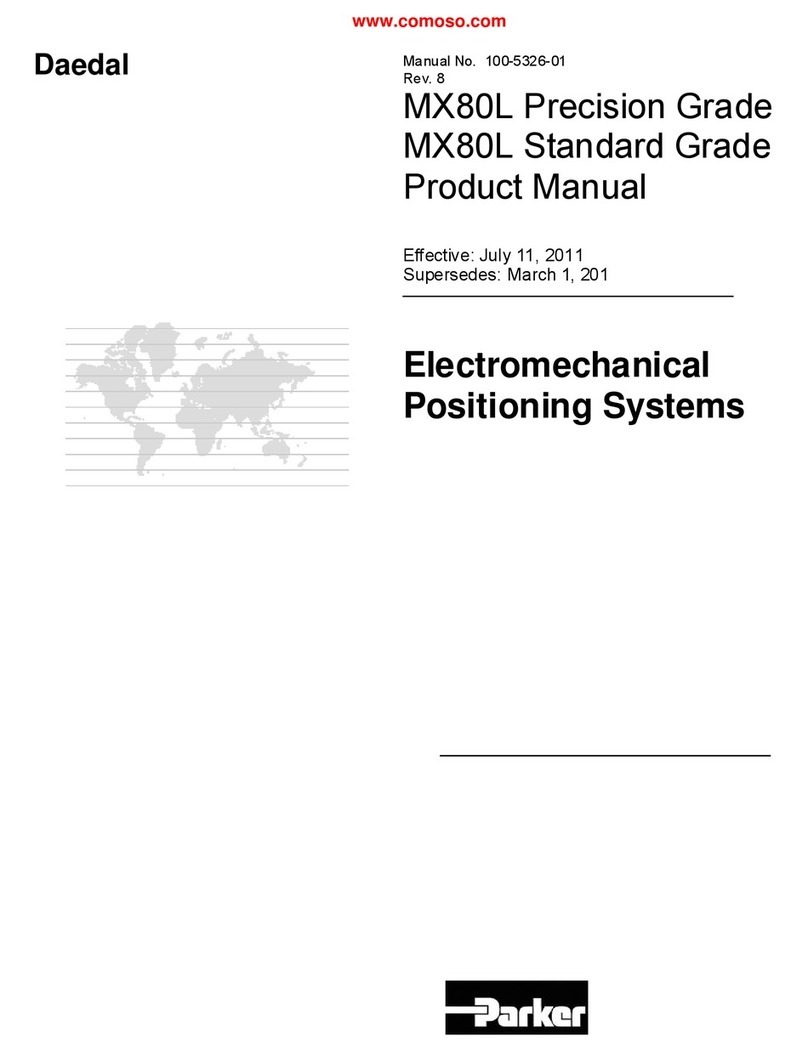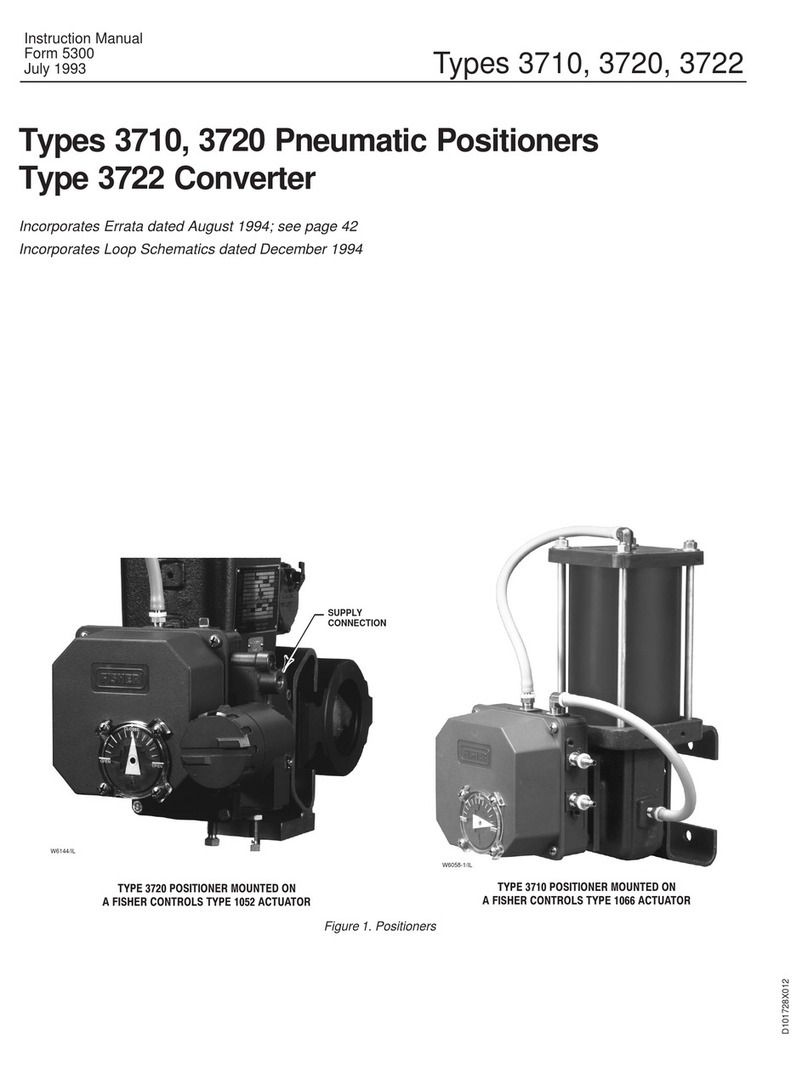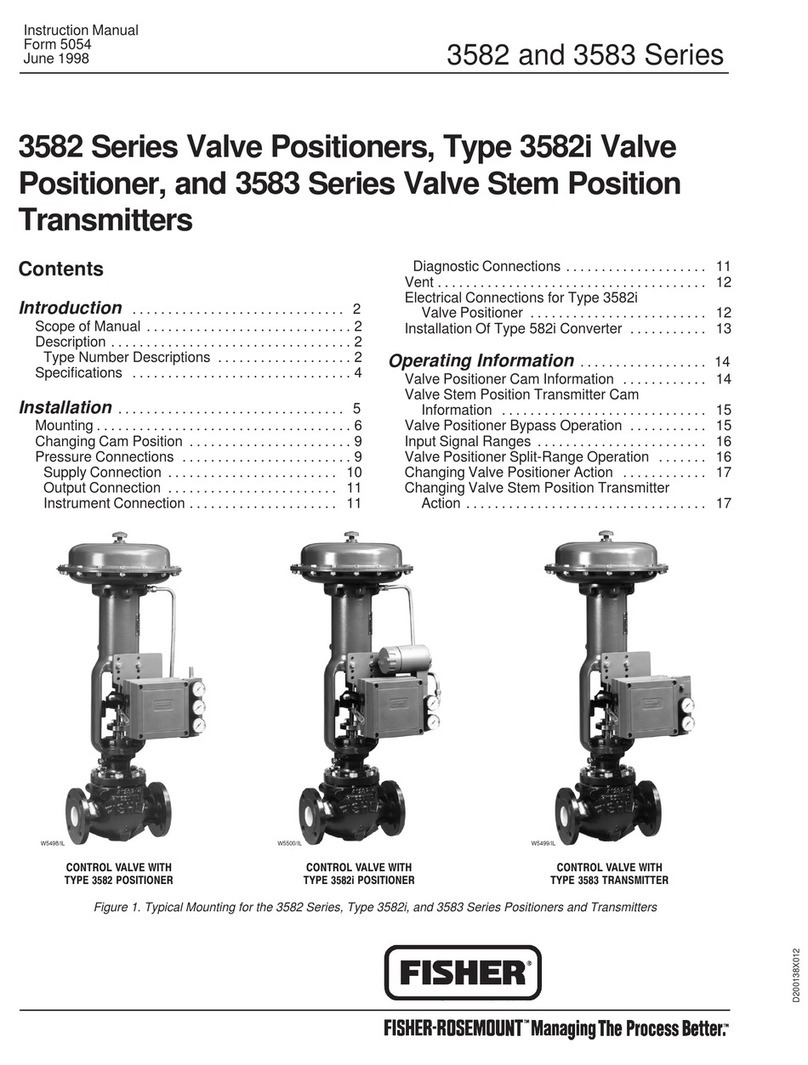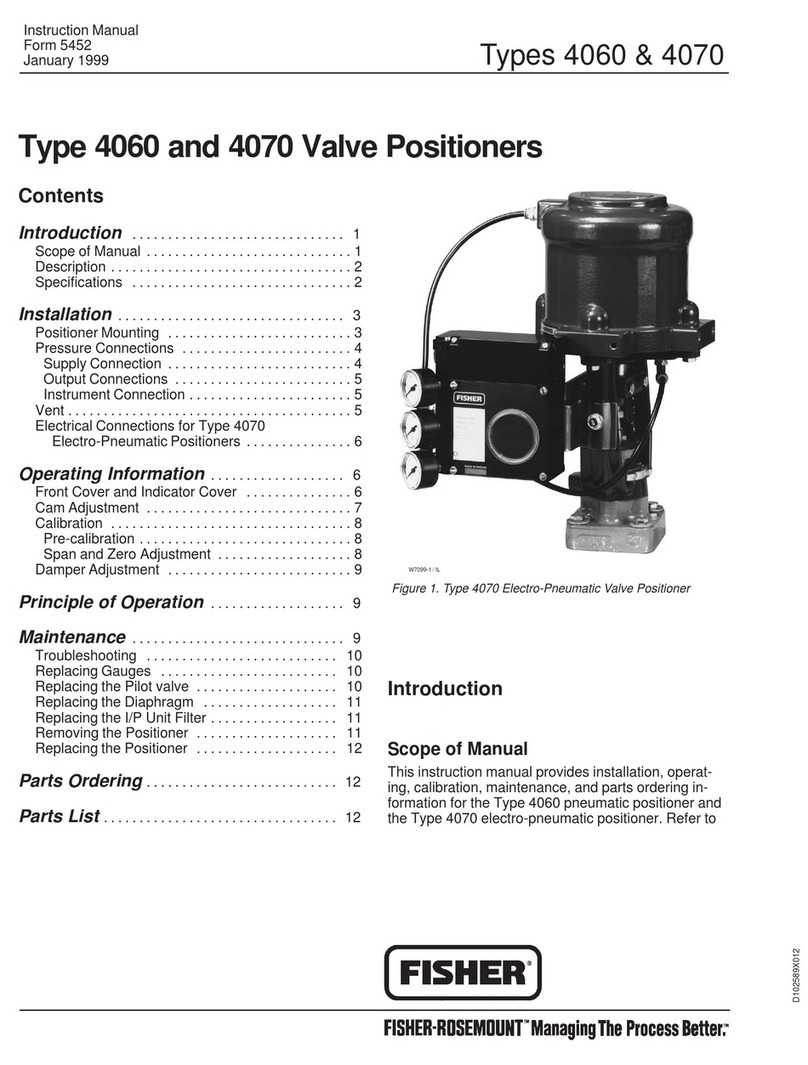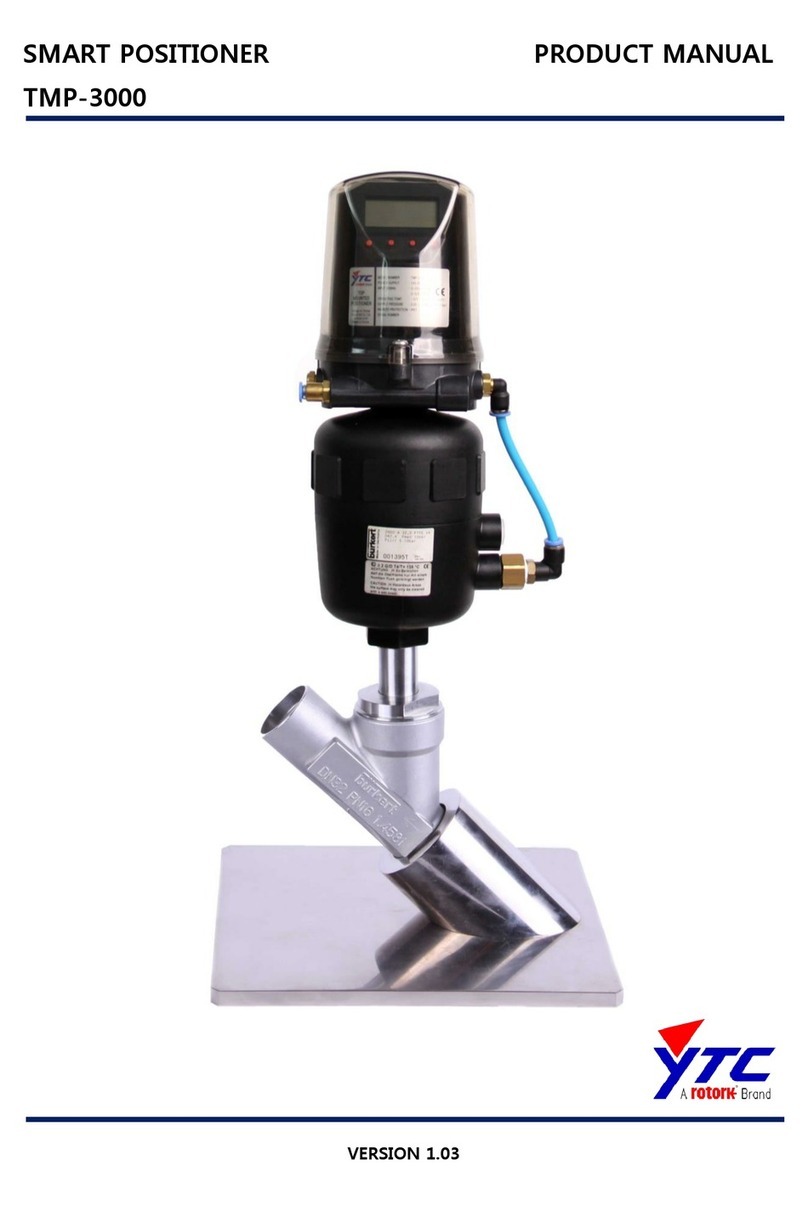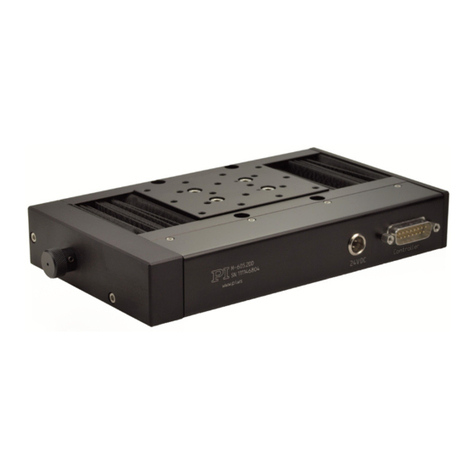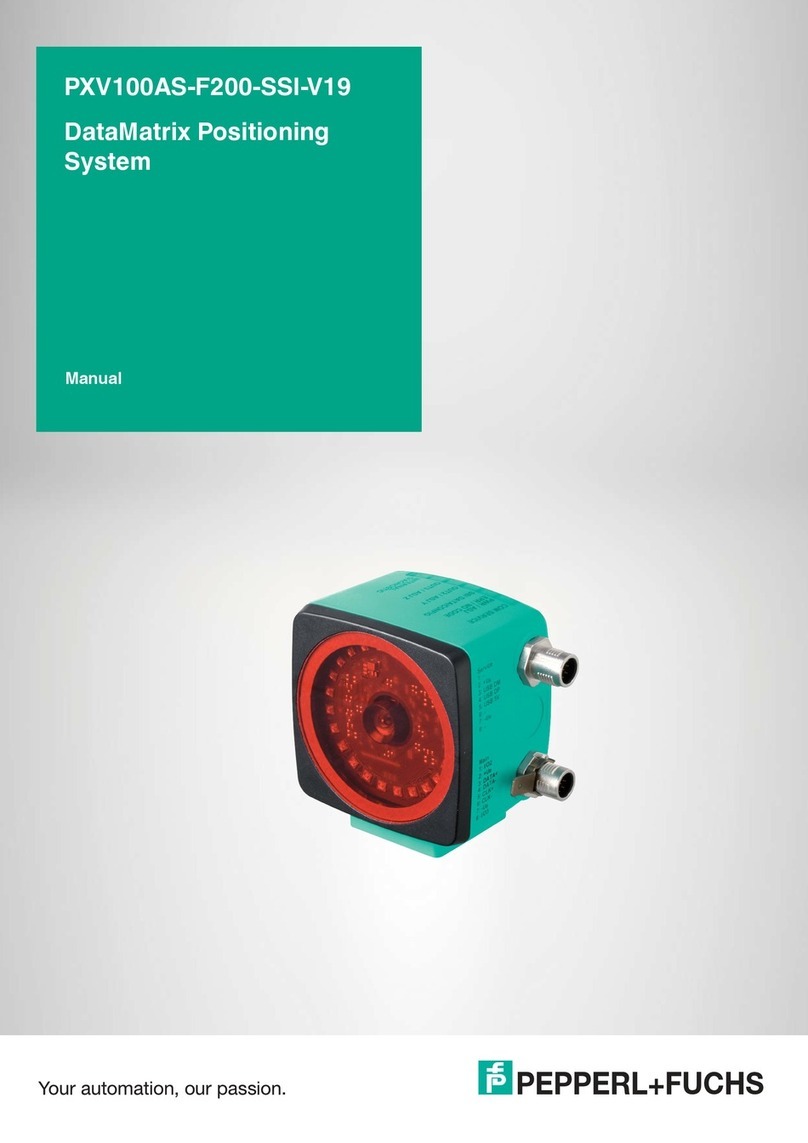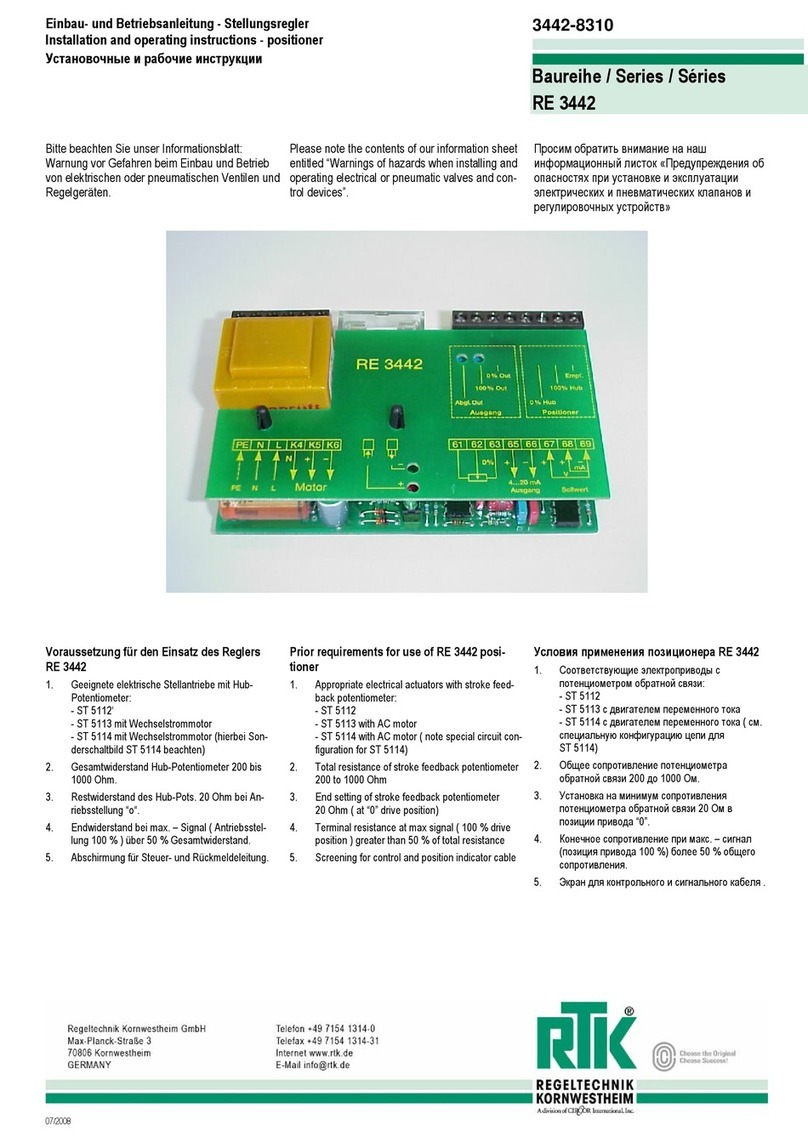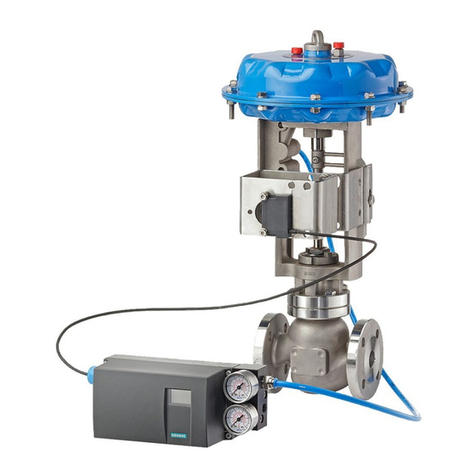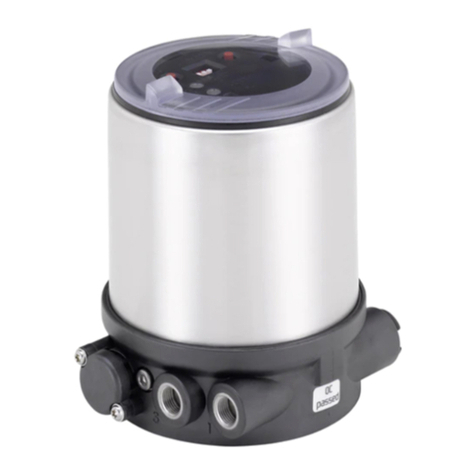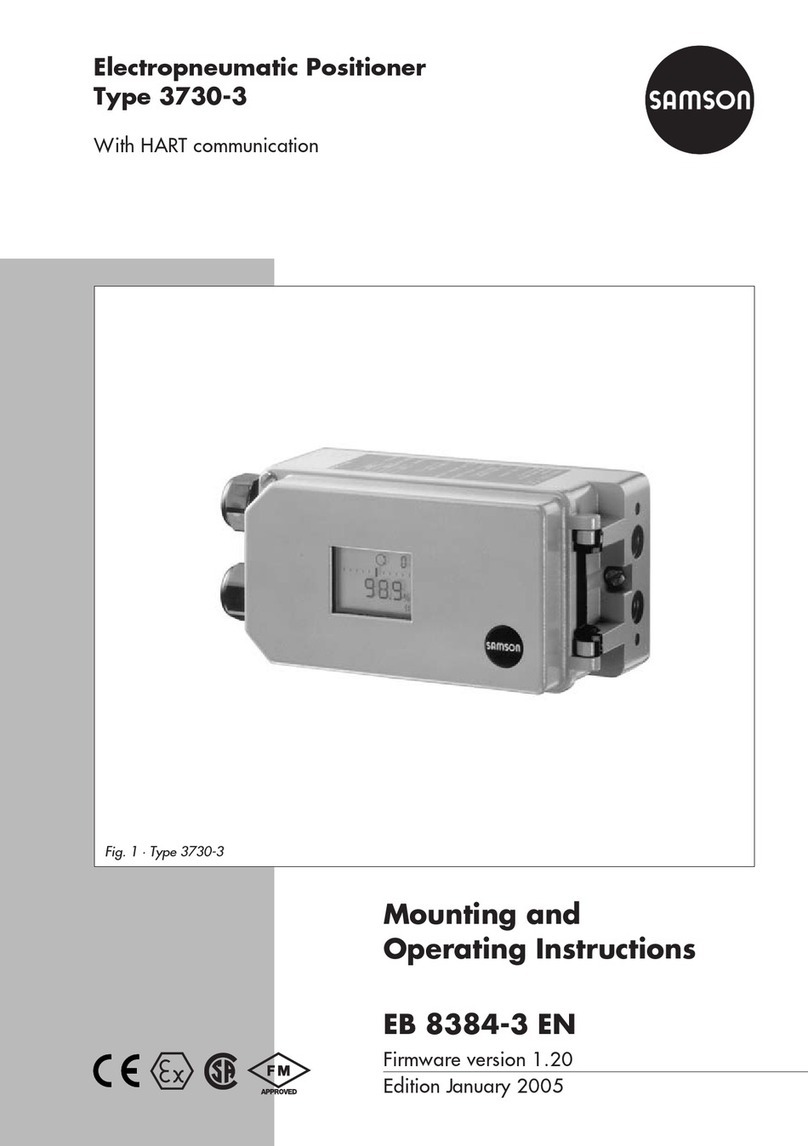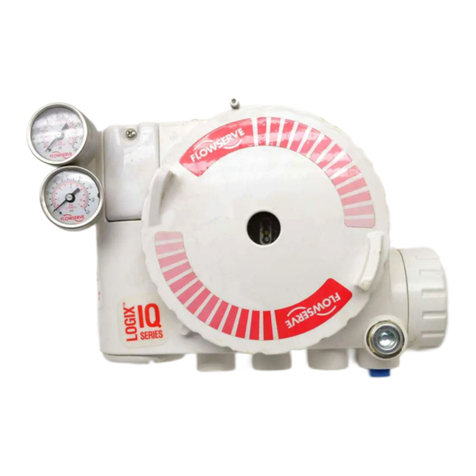
3570 Series
4
Installation,
Mounting, and
Connections
Installation
The positioner is usually mounted on the actuator at
the Fisher Controls’ factory. However, if the positioner
and actuator are ordered separately, it is necessary to
mount the positioner on the actuator. Before mounting
the positioner, be certain the O-ring (key 33, figure 11)
is in place in the cylinder (top connection) in the base
of the positioner.
For appropriate actuator/positioner combinations, refer
to the positioner type number descriptions given earli-
er in this instruction manual.
DFor Type 3570, 3570C, 3572, and 3573 posi-
tioners, mount the positioner with two cap screws
(key 32, figure 11). If the range and bias springs are
not installed in the positioner, refer to the range spring
and bias spring procedures in the Maintenance sec-
tion.
Insert the threaded end of the spring retainer (key 19,
figure 3) into the center of the range spring (see figure
3). Then, insert a screwdriver into the center of the
range spring and extend the spring until the spring re-
tainer can be screwed into the top of the actuator pis-
ton rod extension. Tighten the spring retainer into the
top of the actuator piston rod extension. If the range
spring and/or bias spring is not installed in the posi-
tioner, refer to the procedures for either spring in the
Maintenance section.
DFor Type 3570P and 3570PC positioners, at-
tach the positioner extension and positioner to the cyl-
inder mounting plate with the two cap screws (key
100, figure 13). Make the required pressure connec-
tions as described in the following procedure. Go to
the initial range spring extension procedures for Type
3570P and 3570PC positioners.
DFor Type 3571, 3576, and 3577 positioners,
insert two cap screws through the holes in the mount-
ing bracket (key 55, figure 14) to attach the positioner
to the actuator mounting boss. Attach the hex drive
stud to the actuator-valve stem connection. Attach the
end bearing (key 56E, figure 14) to the hex drive stud.
Diagnostic Test Connectors (Optional)
Diagnostic test connectors are available from the fac-
tory, when the unit is ordered, or they can be installed
on an existing control valve assembly in the field.
These connectors are especially useful for ‘‘quick’’
connections when using the FlowScannert. The
FlowScannertis a portable, microprocessor-based
diagnostic and calibration system specifically designed
for use with pneumatically-operated control valves.
To support diagnostic testing of the control valve as-
sembly, the connectors, piping, and other hardware
can be installed between the 3570 Series positioner
and the actuator. A typical connector installation is
shown in figure 4. For connectors, please refer to the
FlowScannertDiagnostic Connection kit listing in the
parts list.
The hardware used includes 3/4-inch NPT pipe nipple,
pipe tee, and pipe bushings with a 1/8-inch NPT pipe
bushing for the connector. The connector consists of
1/8-inch NPT body and body protector (see figure 4).
1. Before assembling the pipe nipple, pipe tee, pipe
bushings, actuator piping, and connector body, apply
sealant to all threads.
2. Position the pipe tee, connector body, and body
protector for easy access when doing diagnostic test-
ing.
Connections
Piping Sizes
All pressure connections on the 3570 Series position-
ers are 1/4-inch NPT (female). Use 3/8-inch pipe or
tubing for supply, cylinder (bottom connection), and
instrument (input signal) connections. For the remote
vent pipe, if one is required, use 3/4-inch (19 mm)
(minimum inside diameter) pipe for runs up to 20 feet
(6.09 meters). For vent piping runs from 20 to 100 feet
(6.09 to 30.5 meters), use 1-inch (25.4 mm) (minimum
inside diameter) pipe. Refer to figure 2 for the loca-
tions and sizes of connections.
Vent
WARNING
If a flammable, toxic, corrosive, or reac-
tive gas is to be used as the supply
pressure medium, personal injury or
property damage could result from fire
or explosion of accumulated gas or
from contact with toxic, corrosive, or
reactive gas. The positioner/actuator as-
sembly does not form a gas-tight seal,
and when the assembly is enclosed, a
remote vent line, adequate ventilation,
and necessary safety measures should
be used. A remote vent pipe alone can-
not be relied upon to remove all hazard-
ous gas. Vent line piping should comply
with local and regional codes and
should be as short as possible with ade-
quate inside diameter and few bends to
reduce case pressure buildup.
FlowScanner is a mark owned by Fisher Controls International, Inc.
